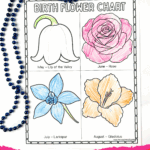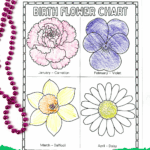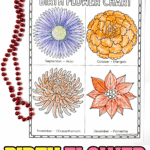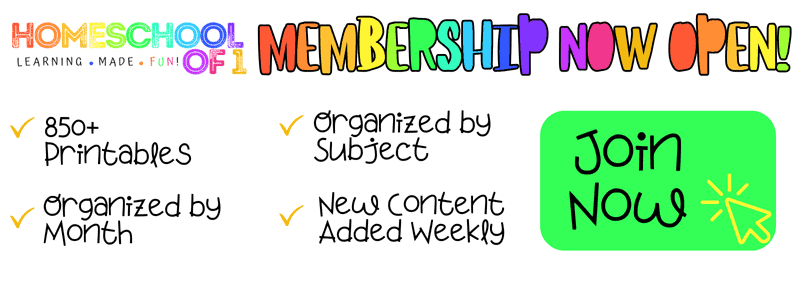Free Birth Flower Coloring Page
A birth flower coloring page is a fun way for kids to learn about the flowers linked to each month of the year.
Just like birthstones, birth flowers carry history and symbolism, which makes them a meaningful addition to birthdays, seasonal themes, or science lessons.
When my son was younger, he loved finding out which flower matched his month and then coloring it as part of our activities.
This printable set includes all twelve flowers, so it’s easy to pull out for birthdays, seasonal themes, or quiet time.

**This post may contain affiliate links. As an Amazon Associate and a participant in other affiliate programs, I earn a commission on qualifying purchases.**
What’s Included in the Birth Flower Chart
This set includes three printable pages, with four different birth flowers on each sheet.
Together, the pages cover all twelve months of the year. Each flower has bold outlines for easy coloring, with the month and name printed clearly beside it.
You can keep the birth flower coloring pages as full sheets and display them together as a chart for the whole class, or cut them apart so each child can color just their own month’s flower.
The cut-outs also work well for birthday boards, scrapbooks, or classroom calendars.
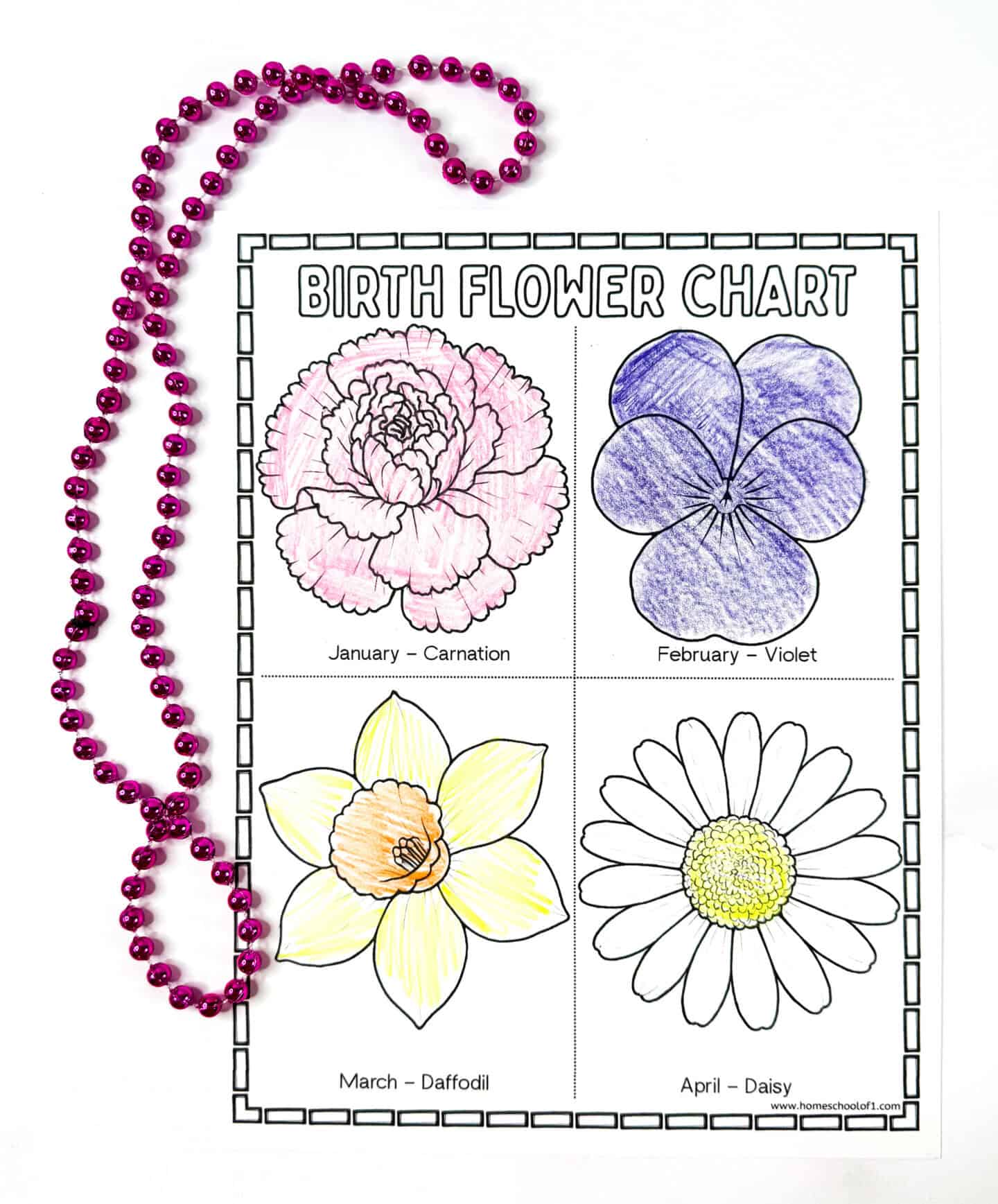
Birth Month Flowers Chart
Here’s what you’ll find in the printable, with each flower ready to color and connect to its month:
- January – Carnation: A winter flower that often brightens bouquets when little else is blooming.
- February – Violet: One of the earliest signs of spring, usually found close to the ground.
- March – Daffodil: Famous for pushing through just as winter ends, marking the start of spring.
- April – Daisy: Simple to recognize with its white petals and yellow center, easy for young children to draw.
- May – Lily of the Valley: Tiny, bell-shaped blooms with a strong fragrance, often appearing in shaded gardens.
- June – Rose: A versatile flower that grows in many climates and colors, making it easy to compare varieties.
- July – Larkspur: Tall stems of clustered blooms that attract butterflies and bees.
- August – Gladiolus: Known as the “sword lily” because of its tall, blade-like leaves.
- September – Aster: Star-shaped flowers that fill gardens at the end of summer.
- October – Marigold: A hardy plant with rich orange and gold tones, common in fall gardens.
- November – Chrysanthemum: A late-blooming flower often tied to harvest displays.
- December – Poinsettia: Famous for its bright red bracts that appear during the holiday season.
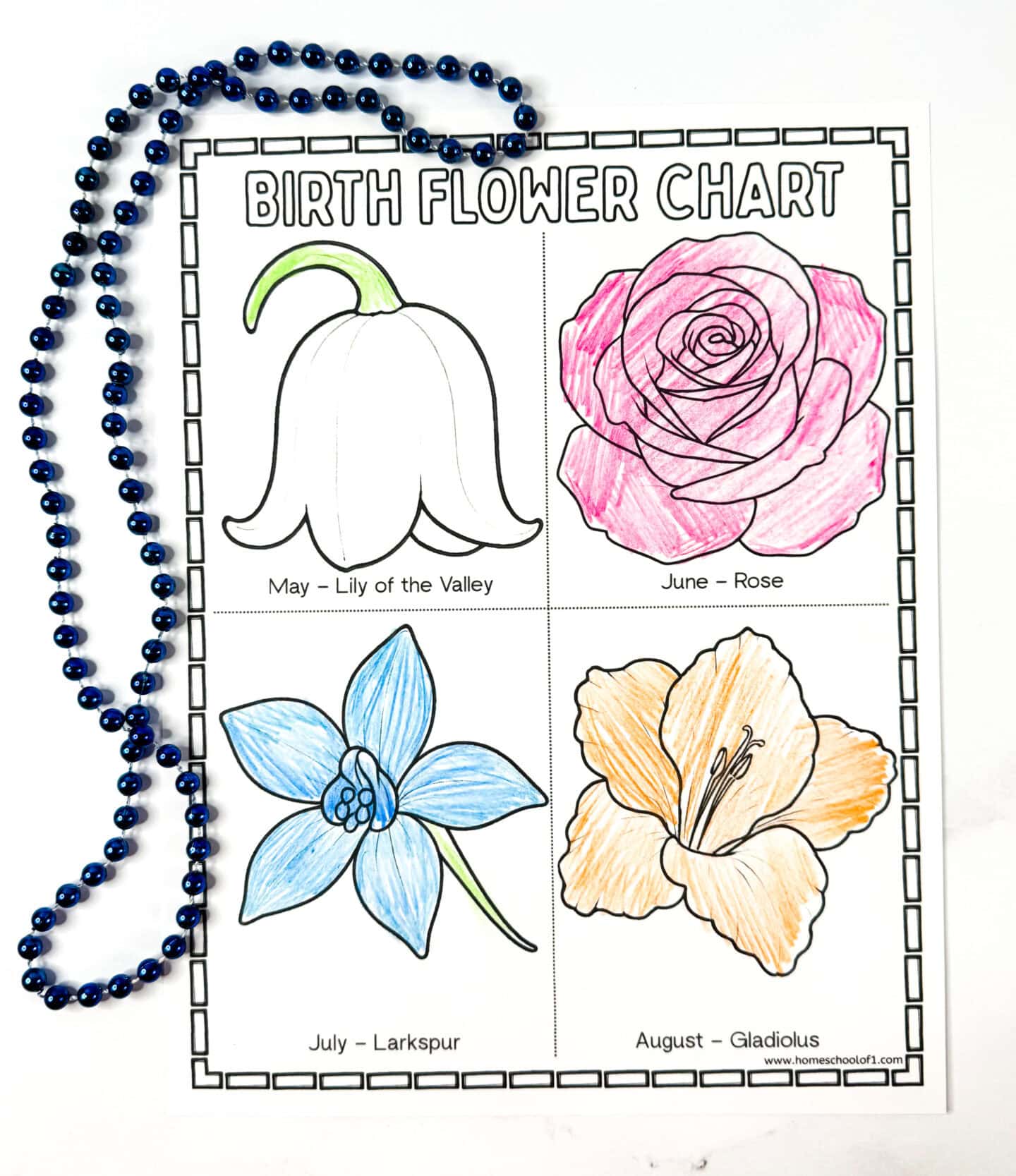
Practical Ways to Use This Printable
One of the nice things about this set is that it doesn’t just sit in a binder, you can use it in ways that feel personal and seasonal throughout the year.
- Birthday Celebrations: Kids can color their flower during birthday week and add it to a class gallery, scrapbook, or birthday board. It gives them a keepsake that feels connected to their special day.
- Monthly Calendar or Theme Lessons: Start each month with its flower as part of calendar time. Pair it with a simple read-aloud about plants, a short nature walk, or even a weather chart so the flower becomes a visual cue for the new season.
- Nature and Science Tie-Ins: Each flower is a springboard into a mini lesson, where it grows, when it blooms, and how it fits into the life cycle of plants. Younger kids can focus on coloring, while older kids might research when their flower blooms or where it grows.
- Quiet or Independent Work: Keep extras printed for early finishers or quiet time. The simple layout means kids can work without instructions, but still come away with something connected to the bigger theme.
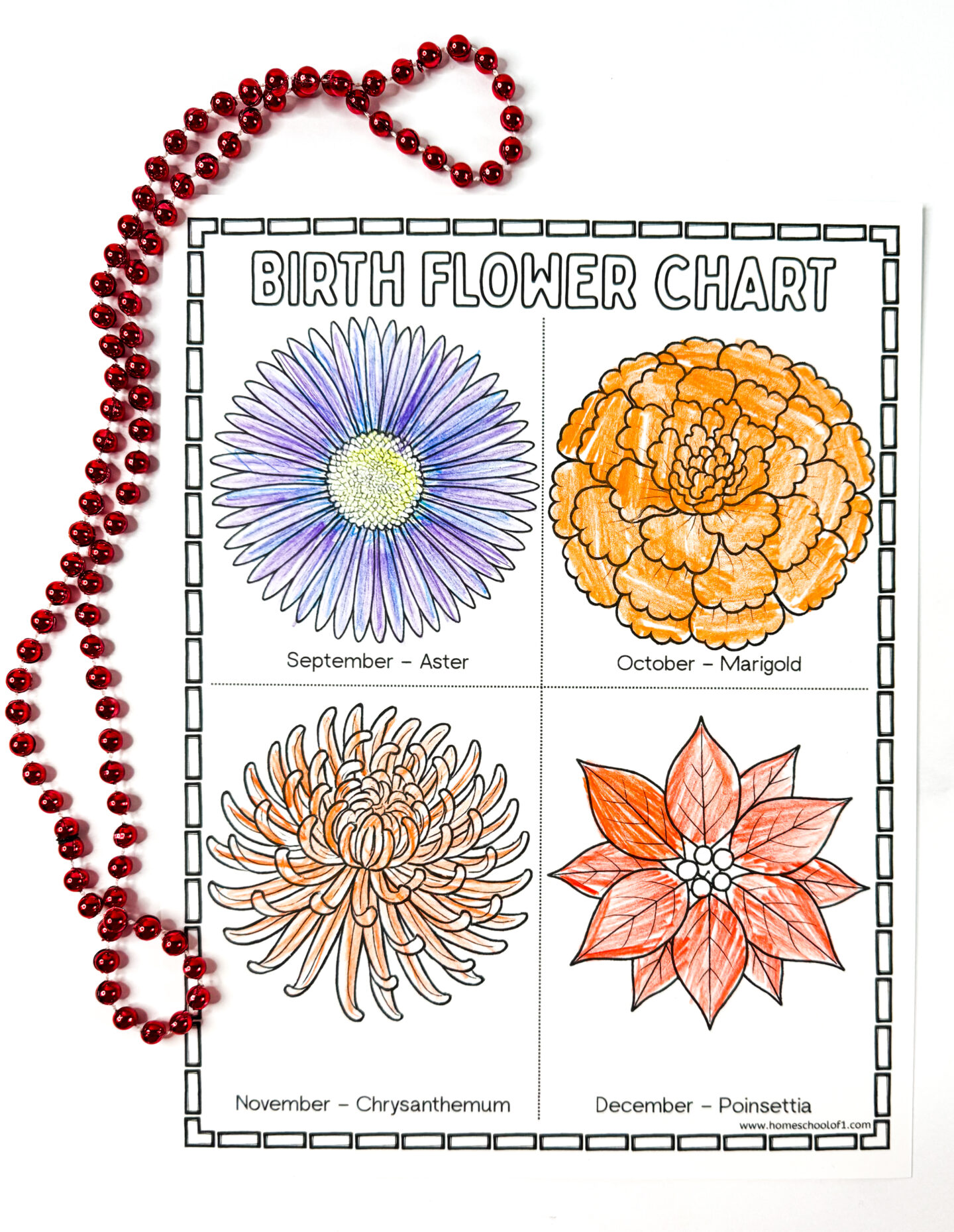
Flower Color Guide
Each flower in the set comes in its own typical shades, which makes this printable easy to connect with real-life nature walks or garden lessons. Kids can color their flower true-to-life or experiment with something more imaginative:
- Carnation – pink, red, white, yellow
- Violet – deep purple, blue-violet, white
- Daffodil – yellow, or white with orange/yellow centers
- Daisy – white petals with yellow centers; sometimes pink or purple
- Lily of the Valley – usually white, rarely pink
- Rose – red, pink, white, yellow, orange
- Larkspur – blue, purple, pink, white
- Gladiolus – red, pink, white, yellow, purple, orange
- Aster – purple, lavender, pink, white
- Marigold – orange, yellow, gold, red-orange
- Chrysanthemum – red, yellow, white, purple, pink, orange
- Poinsettia – red, white, pink (with green leaves)
To make it more fun, the kids could skip the traditional colors altogether and use a random color generator to decide how to color each flower. It’s a simple way to keep things light, especially if they’ve already done a realistic version or just want a creative challenge.
If your kids enjoy connecting activities to their birthdays, they might also like our Chinese zodiac animal coloring pages, which match each year to a different animal.
Books About Flowers
Pairing a book with these coloring pages can help kids connect their coloring to real stories and science:
- The Big Book of Blooms – The illustrations are bold and playful, and the pages are filled with interesting details about flowers kids might not have seen before.
- The Secret Garden – This classic novel brings gardens to life in a way that feels magical and meaningful, making it a lovely match for older kids.
- A Seed Is the Start – A straightforward nonfiction choice that shows how flowers grow and spread, making it easy for kids to see the link between the plants they color and the natural world around them.
Get Your Free Flower Coloring Sheets Here!
If you don’t see the form below, click here to get your freebie.

